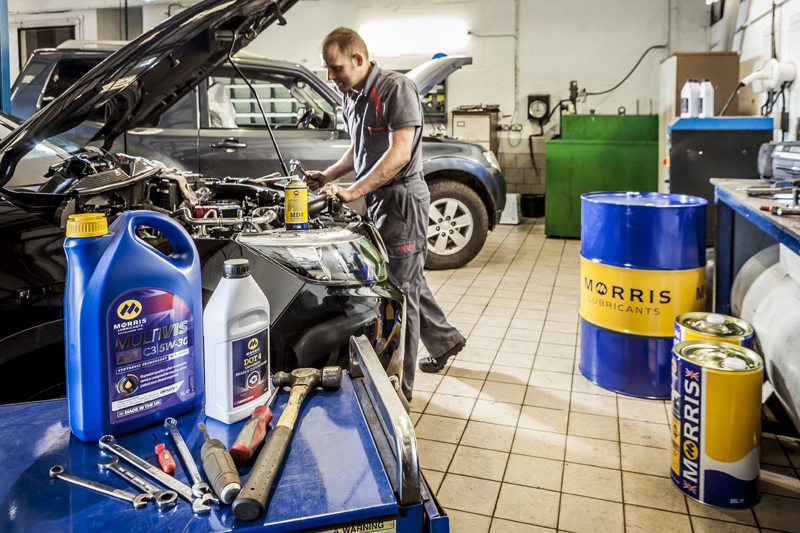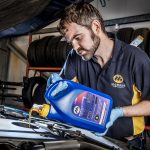Adrian Hill, Automotive Products Manager at Morris Lubricants, examines the state of the passenger car oil market.
The pace of change in the automotive world continues to increase as the drive towards reduced emissions pushes vehicle hardware and lubricant formulators into new territory. The SAE 10W-40 market is very much in decline, with sales volumes dropping year on year as SAE 5W-30 product lines have become the standard. At one time, an SAE 5W-30 was very much a speciality product, but it has almost reached commodity status in some general applications.
Remember, however, we are purely talking viscosity here and not performance level. 5W- 30s, together with friction reducing materials, have taken a big step towards improved fuel efficiency by reducing internal drag, but we have also seen an increase in the number of OEMs putting their stamp on these products. We have seen the likes of BMW, VAG, PSA, Ford and others demand particular attributes that have resulted in fragmentation of the 5W-30 market. At one time, within the Morris Multivis engine oil range, there were a dozen 5W-30s, all with unique features for one reason or another. This has become pretty much everyday technology, but things are changing again.

We are now seeing the latest evolution in engine oil technology with a move towards even thinner grades to satisfy legislation that is driving down acceptable CO2 emissions to the next level. Products such as Ford’s Ecoboost compliant 5W-20 have been around a little while, but they are no longer on their own.
There may still be a demand for 5W-30s, but 0W-20s, 0W-30s and even 0W-16s are on the increase. 0Ws provide improved cold start fluidity, helping the oil to circulate more readily when cold, reducing internal drag on start-up, and therefore using less fuel and producing lower CO2 emissions.
Thinner SAE 0W-20s and 0W- 16s offer reduced levels of internal friction at running temperature, once again making the engine more fuel efficient and reducing CO2 output. But, as with their 5W-30 predecessors, each OEM has a different take on the finer points of engine protection and performance. So, this market is becoming littered with products for Vauxhall, Ford, Honda, Suzuki, PSA, etc.
If that wasn’t enough, there is a new phenomenon known as LSPI, Low Speed Pre-ignition. As OEMs have moved to improve the fuel efficiency of petrol engines, smaller and smaller units have been subjected to turbocharging and supercharging, increased injection pressures and lower engine revs. In these engines the effect manifests itself at low speeds during a burst of rapid acceleration.
Premature detonation of the fuel/air mixture causes an abnormal peak in cylinder pressure which can, in extreme circumstances, cause severe engine damage. It is believed that the solution to this new problem lies in modifying engine design, engine oil formulations and fuel quality. All the major OEMs are urgently looking at this and there is no doubt that LSPI-safe lubricants will begin to emerge. Currently, General Motors is leading with its dexos1 performance level, but the likes of PSA and others are hot on its tail.
To help vehicle owners to select the correct oil for their engine, Morris Lubricants has the comprehensive online lubricant selector WHATOIL? Simply input the vehicle registration number or select from a wide range of vehicles to find the recommended lubricants. WHATOIL? was designed specifically to find the correct specification lubricants for major OEMs on a large variety of vehicles. It has the potential to cut out huge amounts of time and eliminate any costly guesswork.
In summary, interesting times lie ahead and despite the complexity, it is important not to cut corners, as the correct oil grade is critical in offering the optimum levels of protection and component life, whether to engine hardware or after-treatment device technologies.










